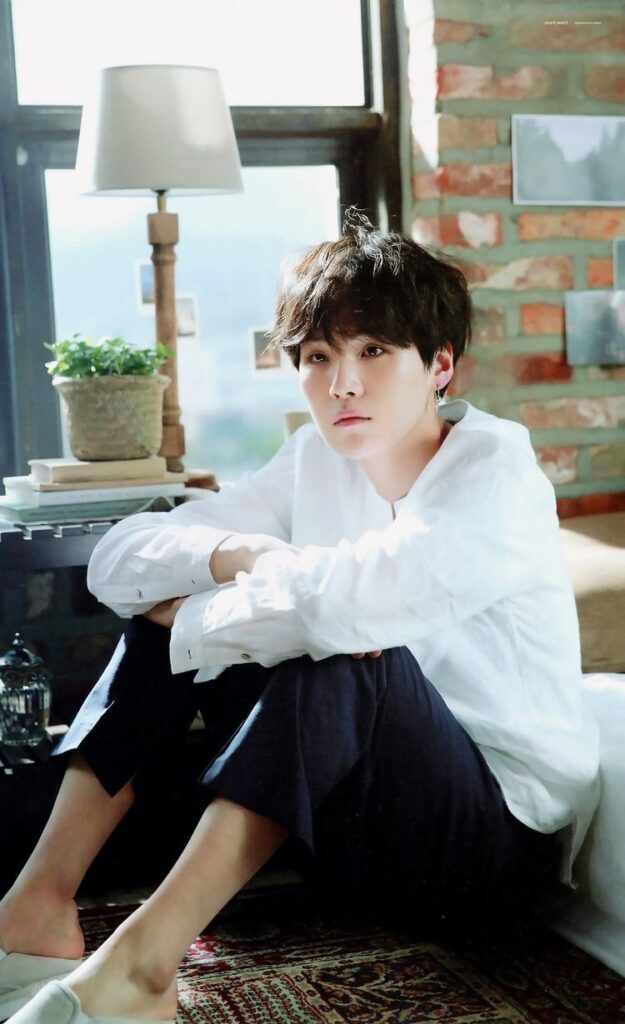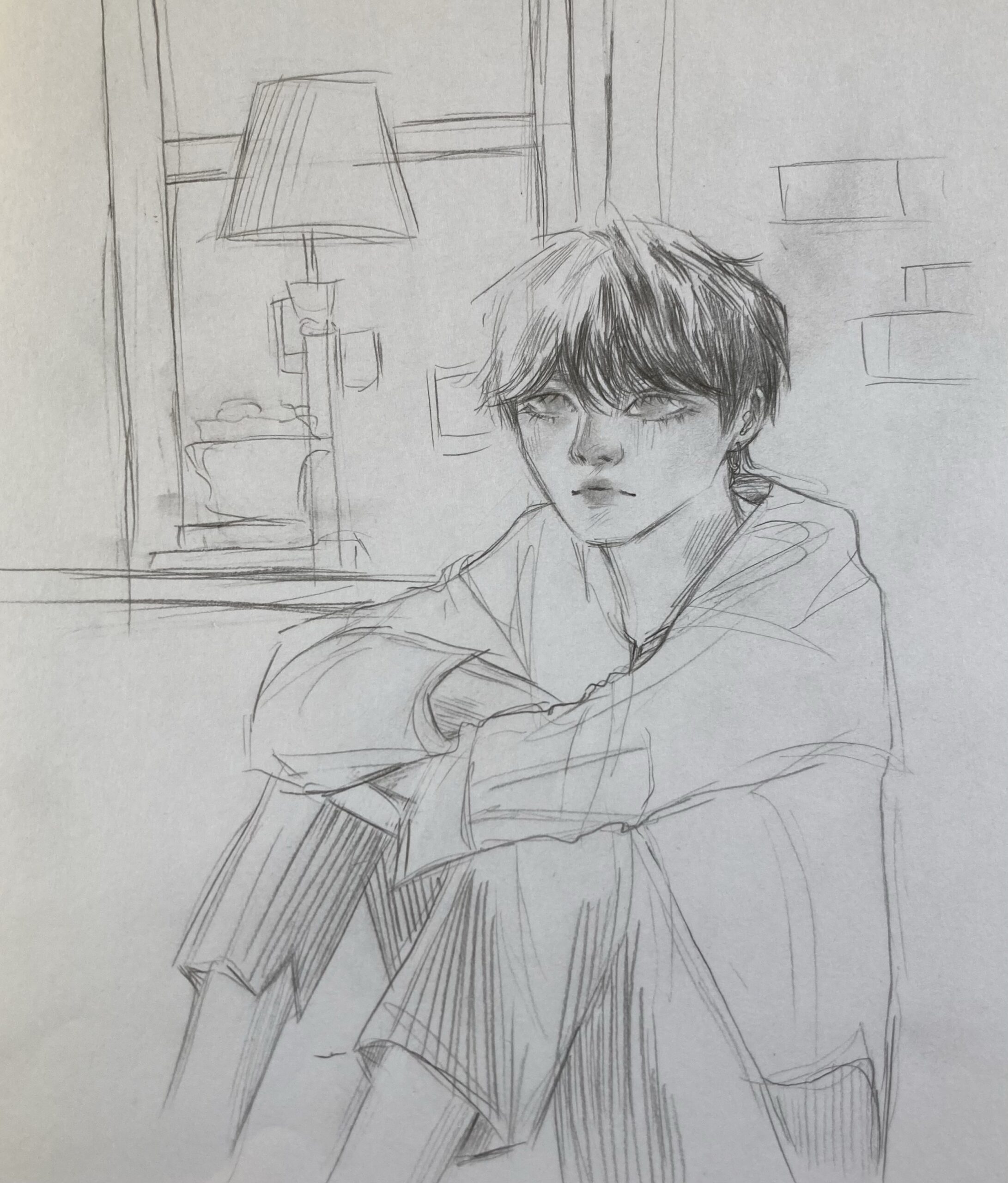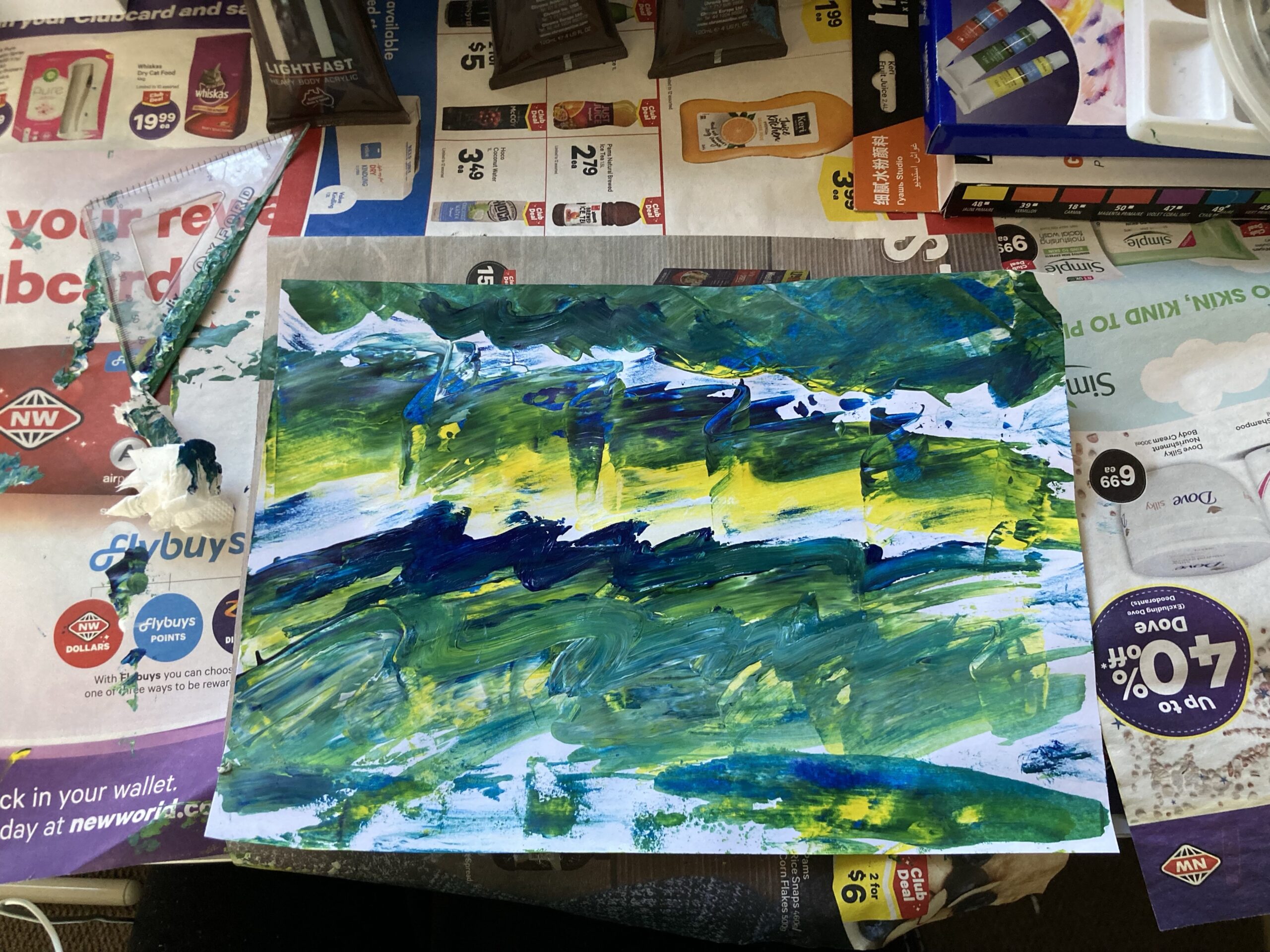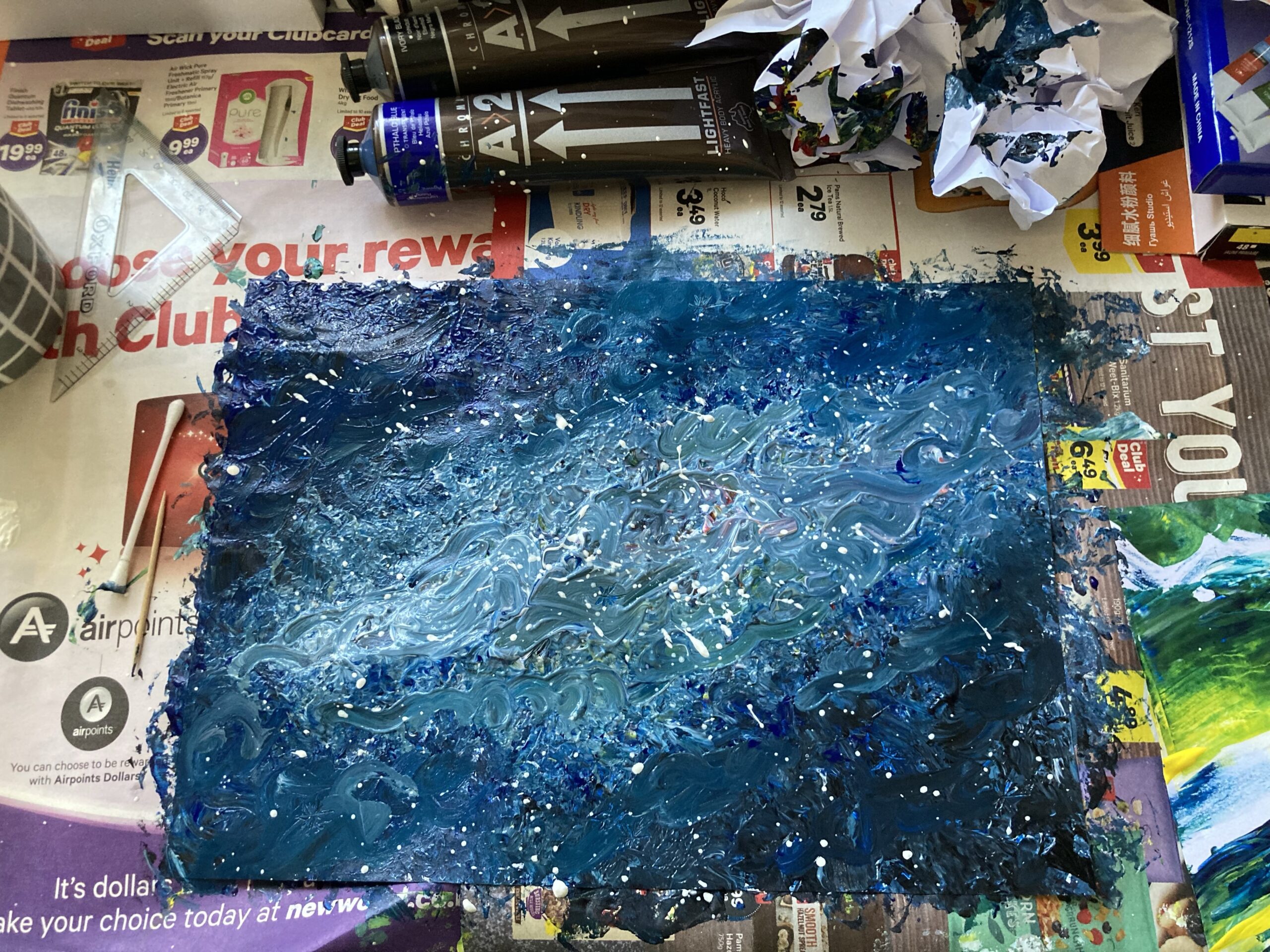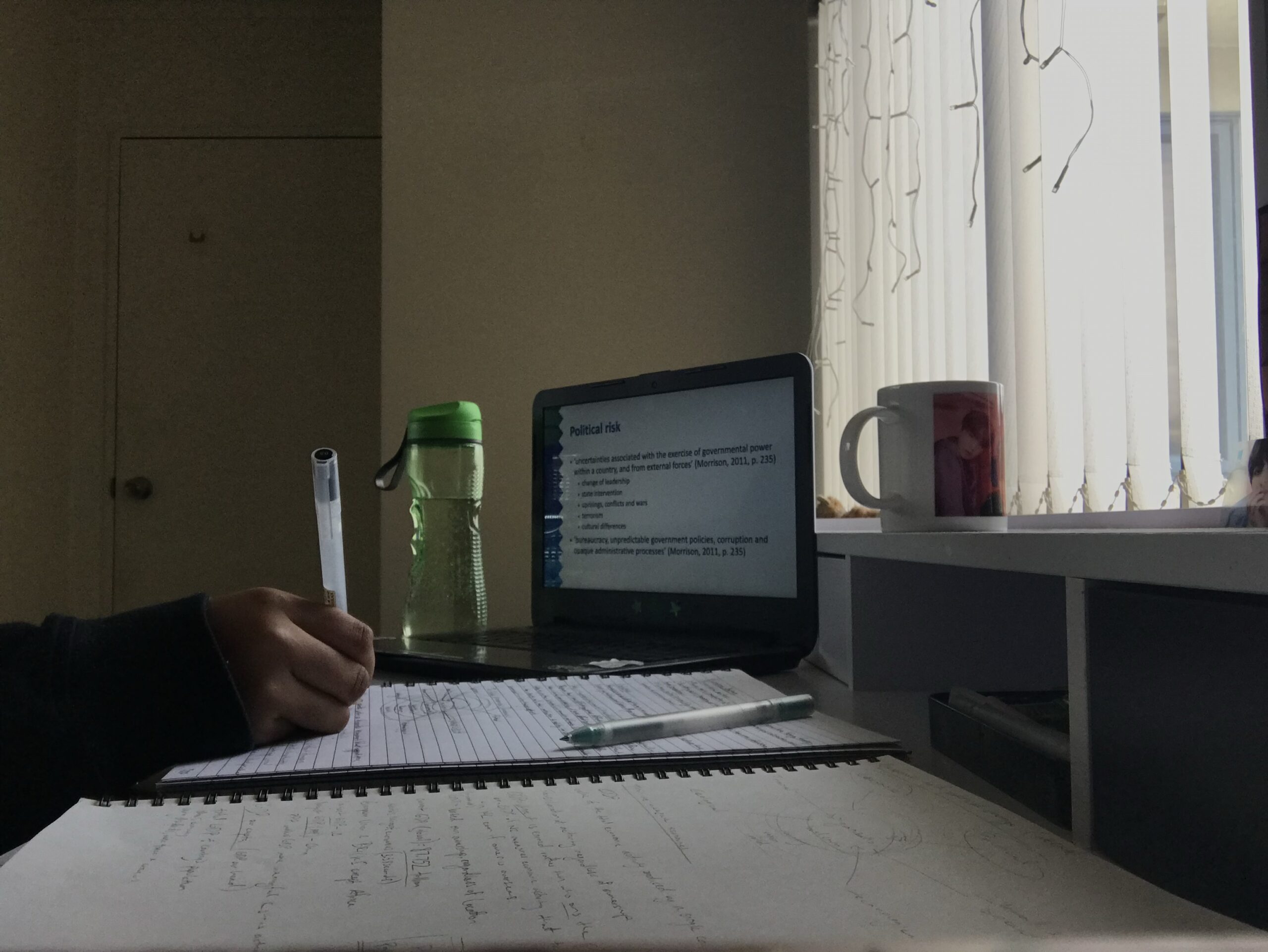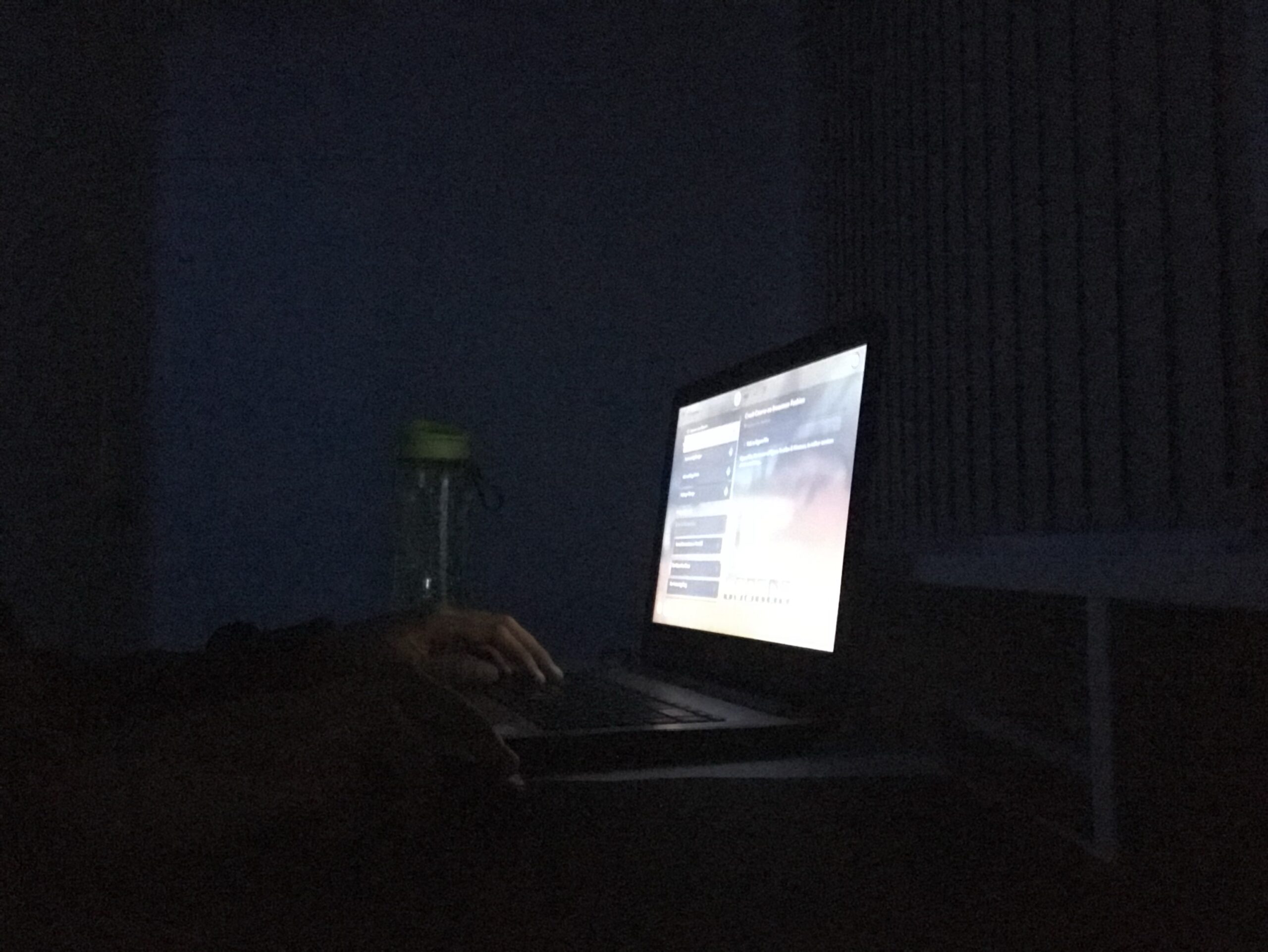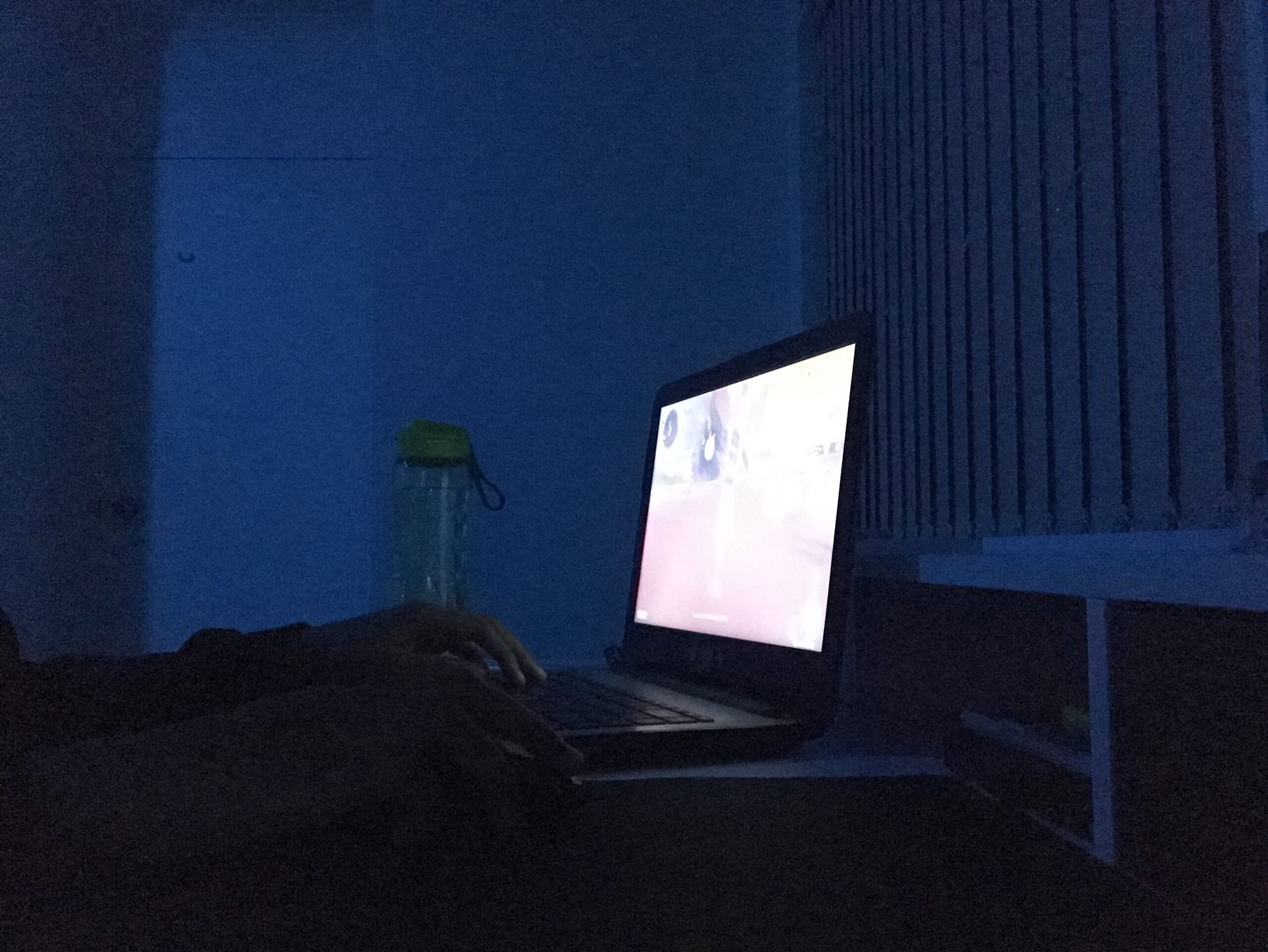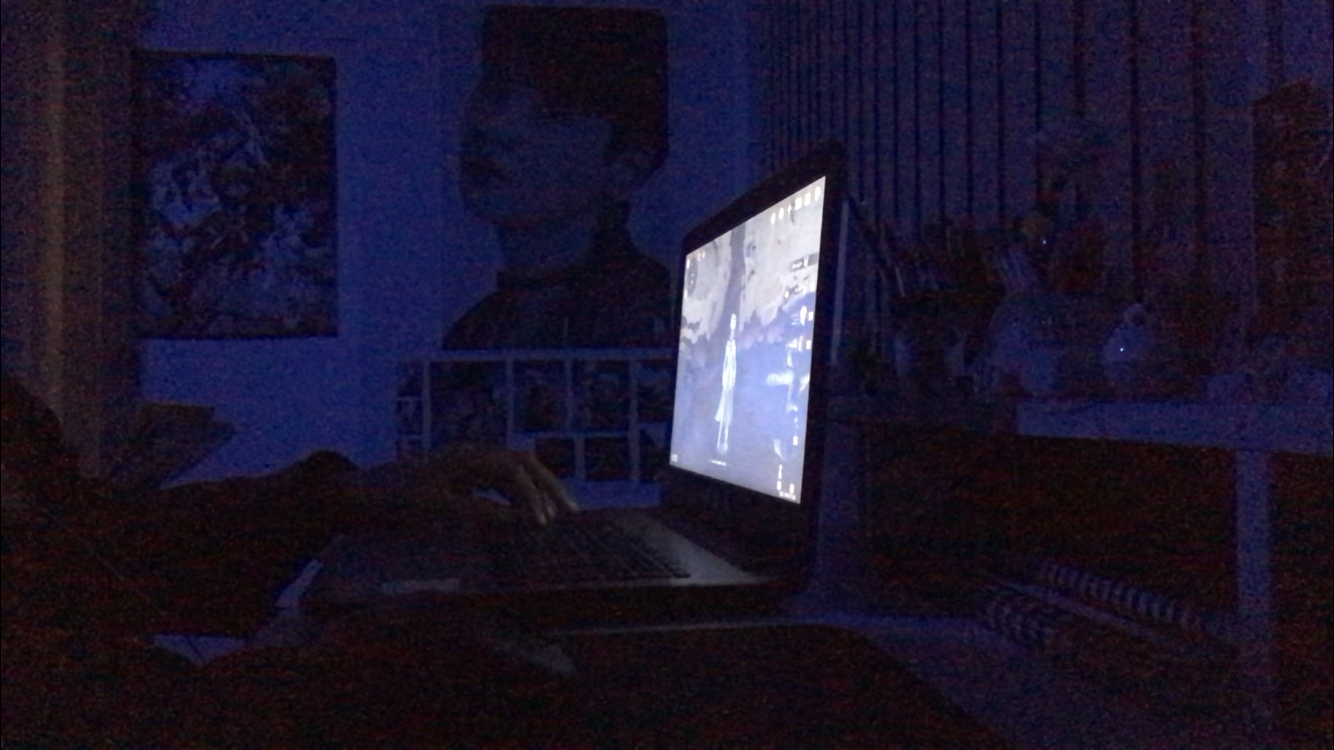This is the “final” work I have chosen.

This artwork shows the various new methods and techniques that I’ve learnt through this brief. I would’ve never painted this way before.

For example, the window I painted by swirling paint with a tissue and q-tip. Or the green wall i made using a small ruler to spread/scrape the paint to create an interesting texture. Usually, I’d fret over the small details and work over the clothing wrinkles laboriously, but I was able to paint minimal shading that still shows texture.
This brief helped let loose and let go of perfection. My final painting isn’t accurate to the reference photo, but I still like it. I was able to learn new ways to approach art. Instead of only using a pencil and a paintbrush, I was able to create imagery using objects I never would have tried using before.









